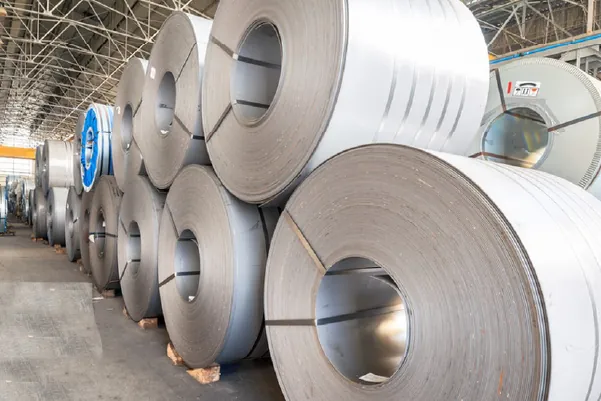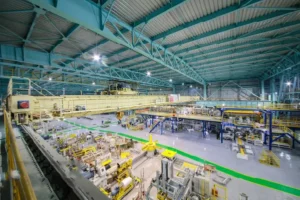How Much Lead Time Does a Stainless Steel Supplier Need?
Struggling with unpredictable project timelines? This uncertainty disrupts production and inflates costs, putting your deadlines at risk. Understanding supplier lead time[^1]s is the first step to regaining control.
A typical lead time for a stainless steel supplier can range from 4 to 12 weeks. This varies significantly based on the material grade, order volume, customization requirements, and current global market conditions. A reliable supplier will provide a clear, transparent timeline upfront.
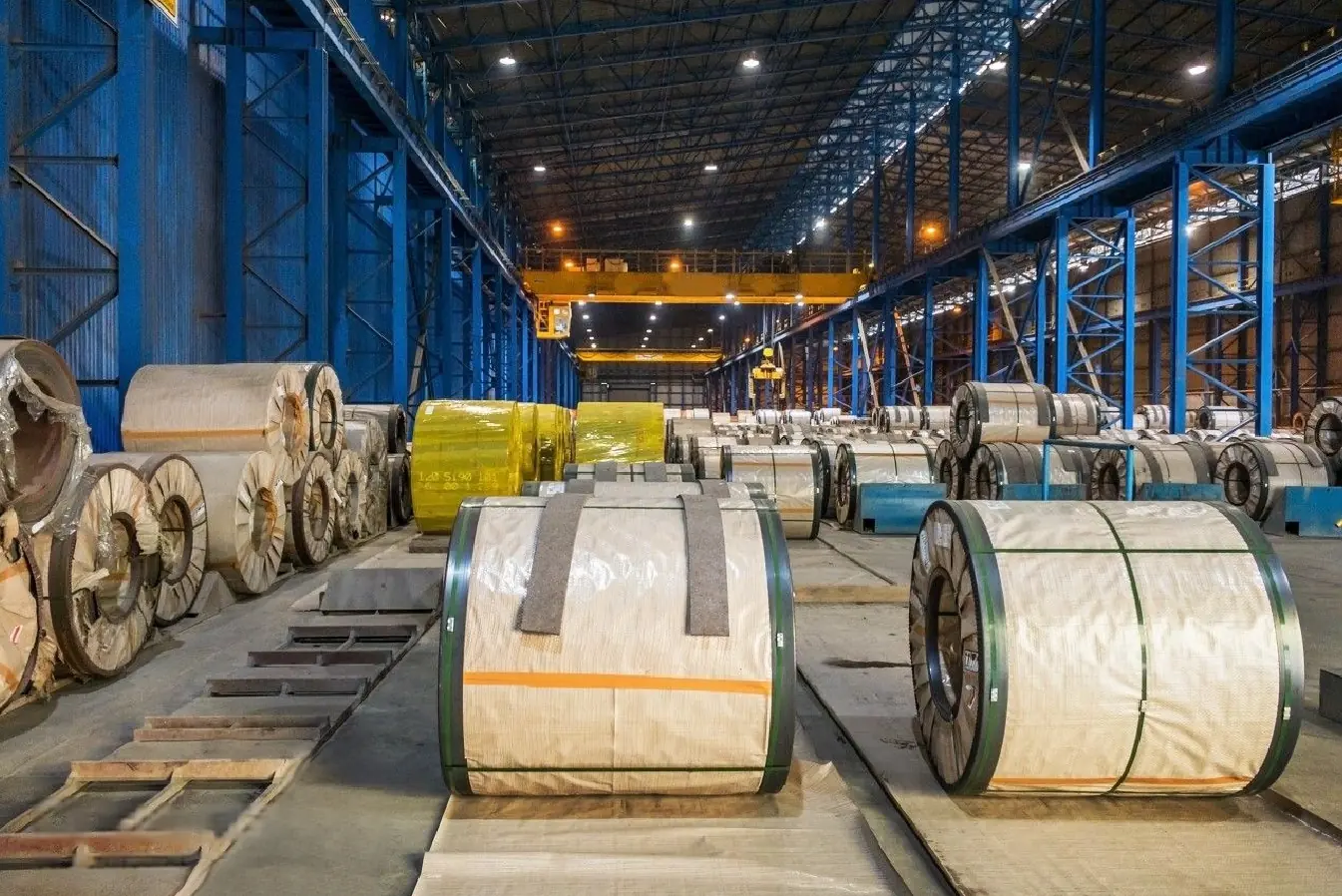
As the Global Business Director at MFY, I've seen firsthand how lead time can make or break a project. It’s not just a number; it’s a reflection of a supplier's efficiency and the health of the entire global supply chain. Let's break down what really goes into that timeline so you can plan with confidence.
What is Lead Time in Stainless Steel Supply Chains?
Confused by the different stages of your order? This confusion makes it hard to track progress and anticipate delays. We believe in demystifying the process for our partners.
Lead time is the total time from when you place an order to when you receive it. It includes order processing, raw material sourcing, production scheduling, manufacturing, quality inspection, and logistics. Each phase contributes to the final delivery date.
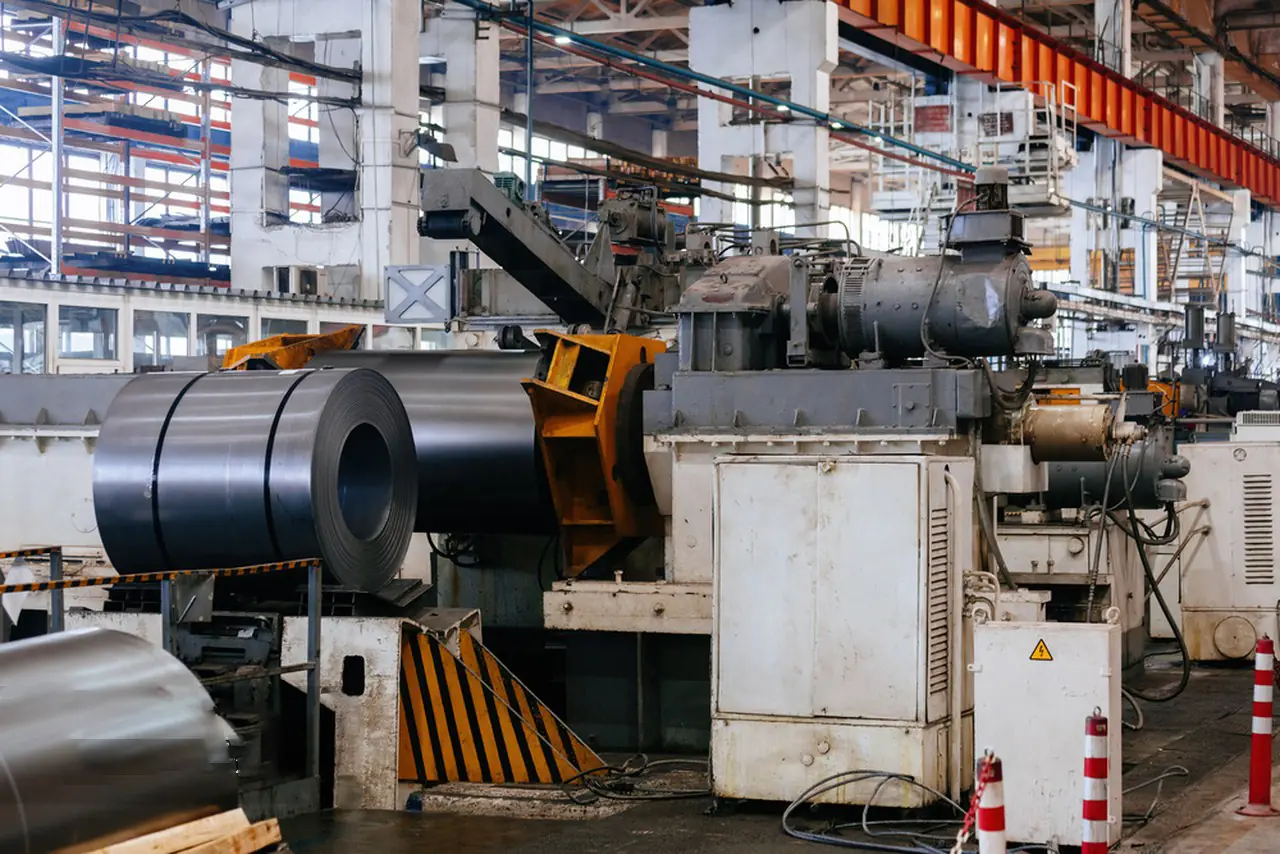
Understanding lead time is about more than just knowing the final delivery date; it's about seeing the entire journey of your material. At MFY, we view this as a transparent process that our partners deserve to understand. The total lead time isn't a single block of waiting. It's a sequence of critical steps, each with its own timeline and potential for optimization. A streamlined lead time is a direct indicator of a supplier's operational excellence and their ability to navigate the complexities of the global market.
Deconstructing the Timeline
The lead time can be broken down into several key components. Each one is essential for ensuring the quality and integrity of the final product.
| Phase | Description | Typical Duration |
|---|---|---|
| Order Processing | Verifying order details, credit checks, and technical specifications. | 1-3 business days |
| Raw Material Sourcing | Procuring raw materials like nickel and chromium if not in stock. | 1-4 weeks |
| Production & Scheduling | The actual manufacturing, cutting, and finishing of the steel. | 2-6 weeks |
| Quality Control | Inspection and testing to meet international standards. | 2-5 business days |
| Logistics & Shipping | Packaging, customs clearance, and transportation to the destination. | 1-4 weeks |
Why This Matters for You
Knowing these stages helps you ask the right questions. Instead of just asking "When will it arrive?", you can ask, "What stage is my order in now?". This deeper understanding fosters a better partnership and allows for more proactive planning on your end, which is crucial for maintaining production schedules and meeting project deadlines.
What Current Factors Affect Lead Time for Stainless Steel Suppliers?
Facing unexpected delays in your supply chain? These disruptions can halt your operations entirely. Knowing the current market factors helps you anticipate and mitigate these risks effectively.
Currently, lead times are heavily influenced by raw material price volatility, geopolitical tensions affecting trade routes, fluctuating energy costs, and global logistics bottlenecks. These external pressures create a dynamic and often unpredictable environment for suppliers.

The world has become incredibly interconnected, and the stainless steel industry is a perfect example of this. What happens in one part of the world can create a ripple effect that impacts your delivery schedule weeks later. The root cause of many extended lead times today lies in these macroeconomic and geopolitical factors. For instance, sharp increases in the price of nickel, a key component of stainless steel, can cause producers to pause or slow down until prices stabilize. I remember a period last year when shipping container shortages in key Asian ports added two full weeks to our standard transit times. It’s a constant challenge, but one that a resilient and agile supplier must be prepared to manage.
Key Market Pressures
Several external forces are at play right now, and it's important for you, our partner, to be aware of them.
- Raw Material Volatility: The prices for nickel, chromium, and molybdenum are subject to market speculation and supply/demand shifts. Suppliers often have to navigate this volatility, which can impact sourcing timelines.
- Geopolitical Climate: Trade policies, tariffs, and international conflicts can disrupt established supply routes and add layers of administrative delays, such as customs clearance.
- Logistical Hurdles: We are still seeing the after-effects of global disruptions on shipping and freight. Port congestion and a shortage of truck drivers in certain regions can create significant backlogs, extending the final leg of the delivery journey.
At MFY, we mitigate these risks through strategic raw material procurement and by maintaining strong relationships with multiple logistics partners, giving us the flexibility to adapt to changing conditions.
What Challenges Do Suppliers Face in Meeting Lead Times?
Ever wonder why a supplier's promised date shifts? It’s frustrating when you're trying to manage a project. The reality is that suppliers face internal pressures that can complicate delivery.
Suppliers grapple with challenges like inaccurate demand forecasting, unexpected equipment maintenance, labor shortages, and complex quality control procedures. Balancing production capacity with fluctuating order volumes is a constant operational struggle that can impact lead times.
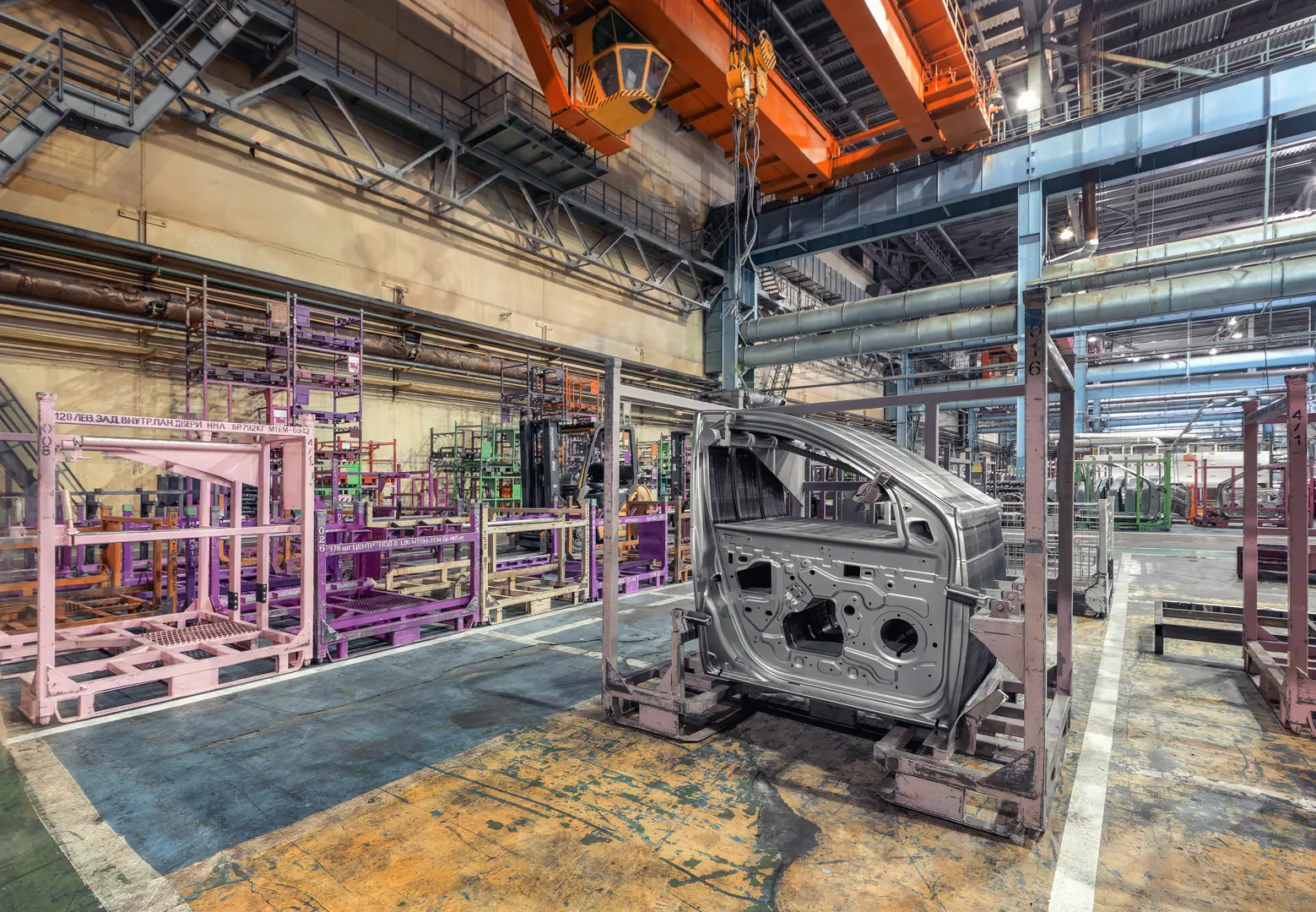
Beyond the global factors we can't control, there are significant internal challenges that every supplier must master. The core of the issue is balancing agility with predictability. I recall a client in Germany who needed a highly specific grade of stainless steel pipe for an automotive project. Our initial forecast showed steady demand, but a sudden design change on their end doubled their required volume overnight. This is where a supplier's true strength is tested. It's not just about having the raw materials; it's about having the production flexibility and robust internal processes to pivot without causing a major delay.
The Internal Balancing Act
Managing lead times effectively requires a deep understanding of these internal operational hurdles.
- Demand Forecasting: Predicting future demand is notoriously difficult. Over-forecasting leads to costly excess inventory, while under-forecasting results in stockouts and extended lead times for new orders. This is where data analytics becomes critical.
- Production Capacity: A factory has a finite capacity. We must schedule production runs efficiently to accommodate orders of all sizes and specifications. Unplanned downtime for machine maintenance can throw the entire schedule off.
- Quality Assurance: We will never compromise on quality. Our rigorous inspection process is non-negotiable, but it adds a necessary step to the timeline. Ensuring every single coil and sheet meets international standards is a promise we make, and it's built into our lead time calculations.
Our integrated supply chain at MFY gives us a major advantage here, as we have better control and visibility from the raw material stage all the way through to final production.
What Strategies Can Optimize Lead Time in Stainless Steel Supply?
Tired of simply accepting long lead times? You need a proactive partner, not just a supplier. The right strategies can significantly shorten timelines and increase supply chain reliability.
Optimizing lead time involves a multi-faceted approach: strategic inventory management, agile production scheduling, building redundant logistics networks, and fostering deep, collaborative partnerships with clients to improve forecasting and planning.

Reducing lead time isn't just about making things faster; it’s about making the entire process smarter and more resilient. The old model of placing an order and hoping for the best is outdated. Today, the most successful projects are built on a foundation of true partnership between the client and the supplier. This means open communication and shared data. When a client shares their project pipeline with us, we can anticipate their needs and pre-position materials, effectively cutting down the sourcing phase of the lead time. It’s a shift from a reactive to a proactive supply chain model.
A Proactive Approach to Supply
At MFY, we focus on three core areas to actively manage and reduce lead times for our partners.
- Strategic Inventory: We don't just stock random products. We use data analytics to maintain a healthy inventory of high-demand grades and sizes of stainless steel coil, sheet, and pipe. This allows us to fulfill many standard orders directly from stock, dramatically reducing the production timeline.
- Agile Production: Our production facilities are designed for flexibility. We can quickly switch between different product specifications, allowing us to adapt to changing customer demands without creating bottlenecks in the production line. This agility is a cornerstone of our service.
- Collaborative Forecasting: We work closely with our long-term partners to understand their future needs. By integrating their forecasts with our production schedule, we create a seamless supply chain that feels like an extension of their own operations. This is the future of industrial supply.
How Are Technological Advancements Reducing Lead Time?
Wondering if technology can solve supply chain delays? It’s not a magic bullet, but it’s a powerful tool. Leveraging the right technology is key to a modern, efficient supply chain.
Technological advancements like AI-powered demand forecasting, real-time inventory tracking systems, and automated production lines are revolutionizing the industry. These tools provide the data and efficiency needed to proactively manage and shorten lead times.
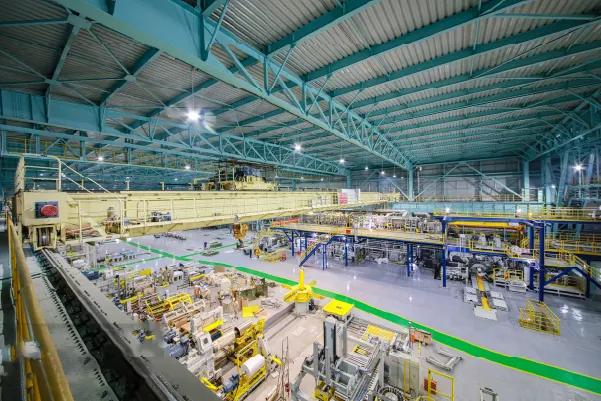
Technology is the engine driving the next wave of supply chain efficiency. At MFY, we are heavily invested in building a digital infrastructure that provides transparency and predictability for our clients. Gone are the days of making business decisions based on last month's data. We now leverage real-time analytics to monitor everything from raw material prices to shipping vessel locations. This allows us to predict potential disruptions and adjust our plans proactively, often before our clients are even aware of a potential issue. For instance, our integrated system can flag a potential delay at a port and immediately begin rerouting shipments or adjusting production schedules to compensate. This is how a modern supplier turns data into a competitive advantage for its customers, ensuring client satisfaction in a rapidly evolving market.
The Digital Toolkit
Here are some of the key technologies we are implementing to enhance our service and reduce your wait times.
- Real-Time Data Analytics: We use advanced software to analyze market trends, logistical data, and our own production metrics. This helps us make smarter, faster decisions about inventory and scheduling.
- Integrated Inventory Management: Our systems provide a live, accurate view of our stock across all warehouses. When you place an order, we know instantly what's available and what needs to be produced.
- Client Portal & Tracking: We believe in transparency. We provide our partners with access to portals where they can track the status of their orders in real-time, from production to final delivery.
Investing in these technology-driven solutions is critical for any supplier aiming to offer a best-in-class service.
Conclusion
Ultimately, the question of lead time comes down to your supplier's capability and transparency. A reliable partner doesn't just give you a date; they give you a clear, well-managed process. By leveraging technology and fostering collaboration, we can build a more predictable and efficient supply chain together.
Have Questions or Need More Information?
Get in touch with us for personalized assistance and expert advice.
